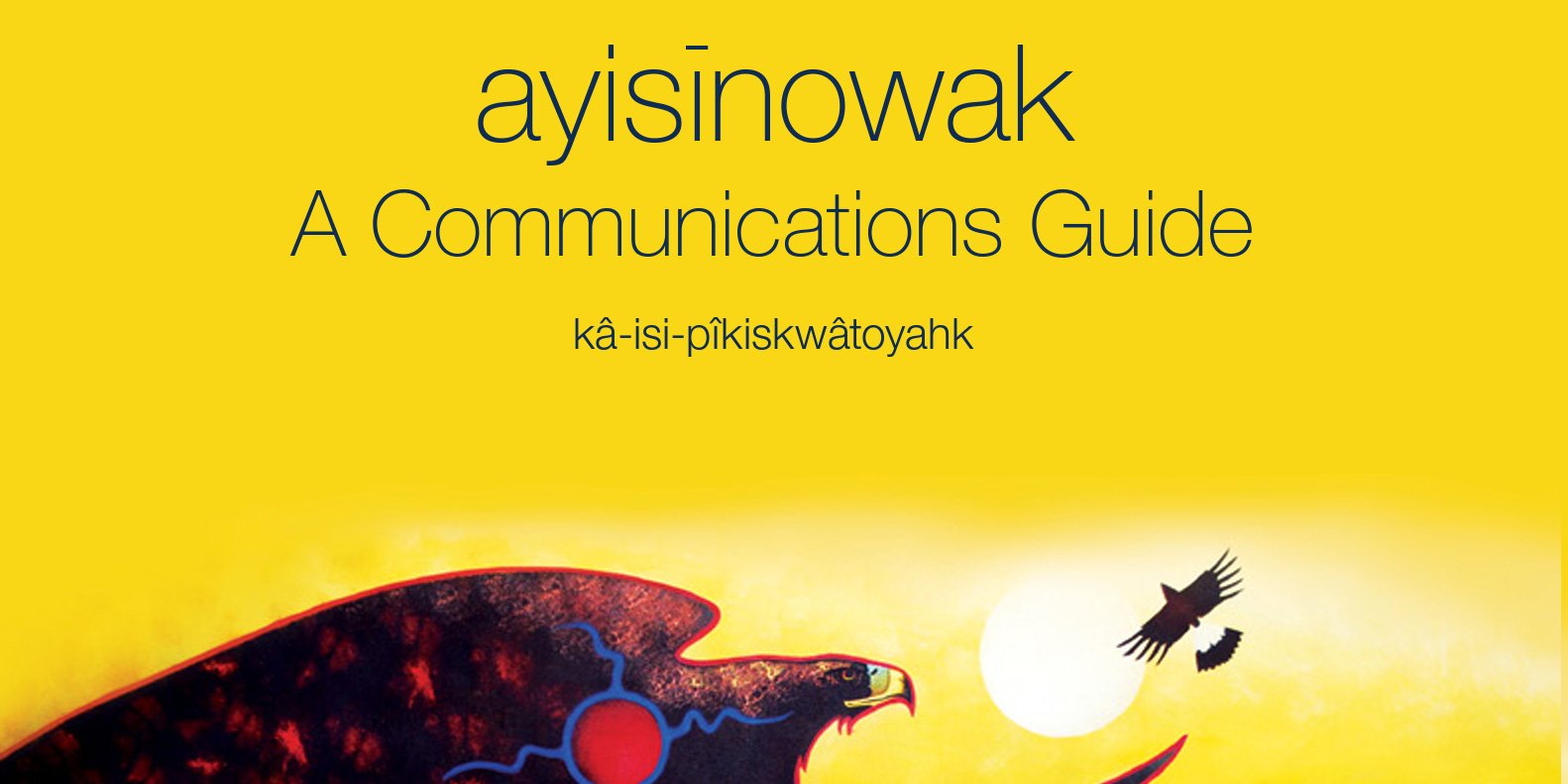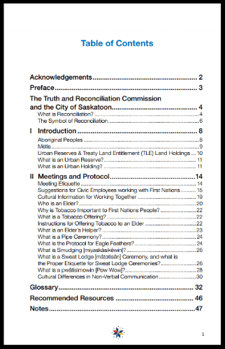What are Appropriate Gifts for Indigenous Guest Speakers?
This article goes out to all the people who organize events that include Indigenous speakers and we thank one of our readers for suggesting we write...
4 min read
Bob Joseph November 20, 2017

When the Truth and Reconciliation Commission (TRC) Report was published in 2015 it revealed the reality of residential schools, the damage the schools have done to the survivors, their families, their culture, their identity, and the ongoing impacts of that damage. The TRC Report also included 94 Calls to Action (CTAs) for governments, institutions, and organizations to support reconciliation.
The TRC Report has motivated many in the public and private sectors to look within and find ways and means of enacting the relevant CTAs. Since 2015, there have been some inspiring and heartening examples of reconciliation actions, particularly in the recognition of traditional or treaty land acknowledgement at the beginning of government and corporate meetings, art events, sports events, and educational facilities.

There is also a concerted effort in some cities to build new or improve existing, relationships with Indigenous Peoples and communities. But, sometimes these efforts are constrained by the fear of saying or doing the wrong thing and inadvertently causing offence. Not knowing where to go to find guidance or information compounds the problem, and can be an invisible barrier to building respectful, effective, and productive relationships.
This brings me to a really inspiring example of a local government, the City of Saskatoon, recognizing that there was an internal uncertainty around protocol for meetings, inviting Elders, gift giving etc., as well as in one-on-one communications.
What began as a sheet of Frequently Asked Questions grew into a comprehensive communications guide that’s the product of a collaboration between the City of Saskatoon, the Saskatchewan Indigenous Cultural Centre, and the Office of the Treaty Commissioner. The goal of the communications guide was to provide City staff with a resource to address the uncertainties and result in improved relationships both internally and externally.
When I received the Guide, I was promptly hooked by the cover design and the following explanation about the graphic elements of The Symbol of Reconciliation. And when I moved on to the content, I was struck by the respectful tone and clear language. The influence of Elders is apparent in the tone, language, and insightful information, all of which are what make ayisīnowak: A Communications Guide such a great example of cross-cultural collaboration.
We were so fortunate to work with both the Elders’ Panel at the Saskatchewan Indigenous Cultural Centre and the Elders at the Office of the Treaty Commissioner. They vetted the content, which gives the Guide credibility, both internally and externally, says Dana Kripki, Senior Planner-Regional Partnerships.
According to Ms. Kripki, and Gilles Dorval, Director, Aboriginal Relations, the Guide was the product of one of those situations in which the planets align. The timing was right because the project was launched during the City’s Year of Reconciliation so there was internal support; the Project Team was able to engage the services of Leigh Thomas, an Indigenous student in his third year of Regional and Urban Planning at the University of Saskatchewan (Leigh’s position was co-funded between the City and the Saskatoon Tribal Council); and, as the Guide was a collaborative project with external partners it was approved by those partners thereby escaping what can sometimes be endless rounds of internal reviews - it was written, approved, and produced in less than one year.
We had a lot of leadership support for the project,” says Mr. Dorval. “We had the support of the councilors at the City of Saskatoon. Our city councilors had endorsed the TRC calls to action and the Guide specifically responds to number 57 and also ties in with the City’s Strategic Plan to enhance relations with Aboriginal organizations and communities. That leadership commitment from both our partners and our own organization was crucial to moving the project along.
Here’s the full wording of #57 of the TRC CTAs:
The uptake has been tremendous. Our mayor took a number of copies to the Federation of Municipalities conference and those copies were gone in no time. We’ve received really strong interest internally from various work groups, such as Community Consultants, the Saskatoon Police Service and externally from the Saskatoon Health Region, the University of Saskatchewan, and other municipalities such as Regina, Prince Albert, Brandon, and Thunder Bay, says Ms. Kripki.
We did not foresee how big this would become. Our initial goal was to create a safe, ethical space to have a conversation about what’s appropriate and what’s not, and to try to encourage people to be more comfortable in dialogue. If we’re not comfortable talking together about topics that aren’t concerning how are we going to be comfortable talking about those that are,” says Mr. Dorval. “We are planning the next version as we want to increase the Métis content and are committed to working with the Métis community for the second edition of the Guide. It’s really a living document that will be augmented and improved upon.
Click the image to download your copy.
This publication is the work of the City of Saskatoon, SICC and OTC and any part or all of this work may be used free of charge by any non-profit or educational group for use as a communication guide or for an educational purpose so long as the work is not being sold and the appropriate credit is given.
We are sharing this with the permission of the City of Saskatoon, on behalf of the Saskatchewan Indigenous Cultural Centre and Office of the Treaty Commissioner. Additionally, hard copies are available from the Saskatchewan Indigenous Cultural Centre for a nominal fee.

This article goes out to all the people who organize events that include Indigenous speakers and we thank one of our readers for suggesting we write...

According to Merriam-Webster, protocol is “a system of rules that explain the correct conduct and procedures to be followed in formal situations.”...

It is essential when working with some of the hundreds of First Nations, Inuit, and Métis communities across Canada on industrial, social, and ...